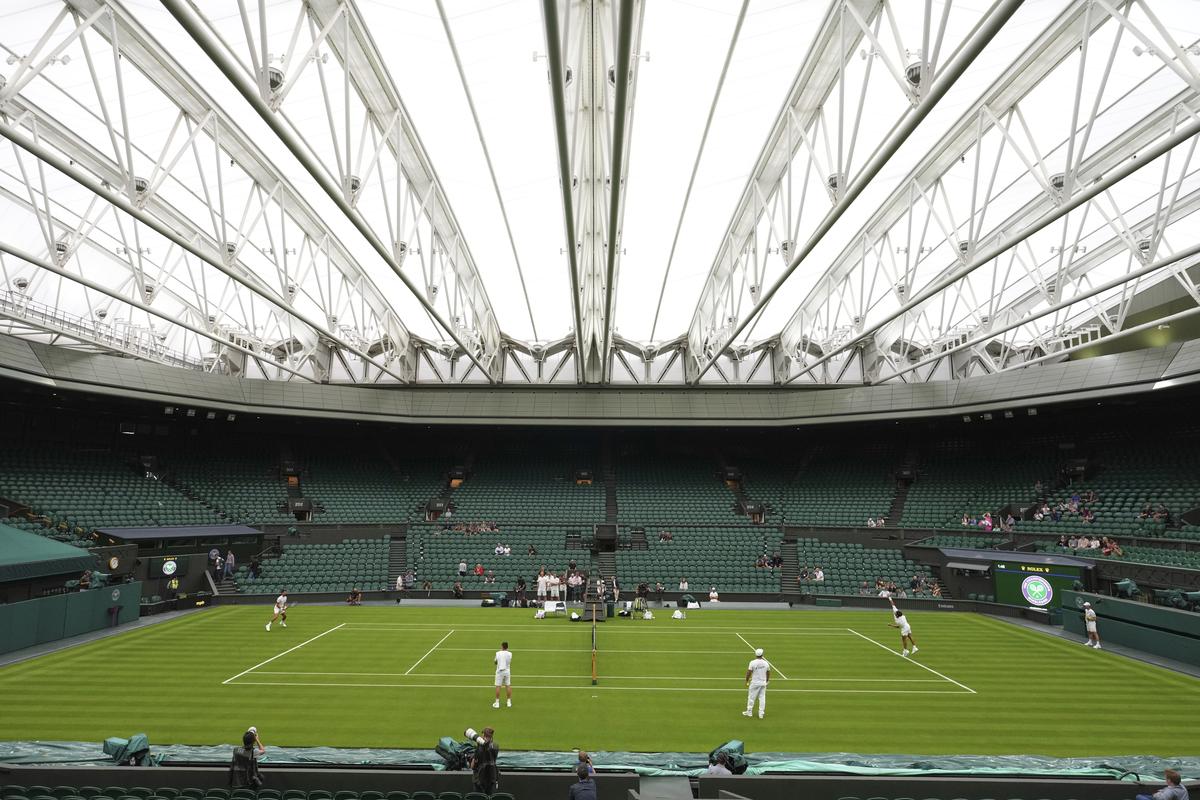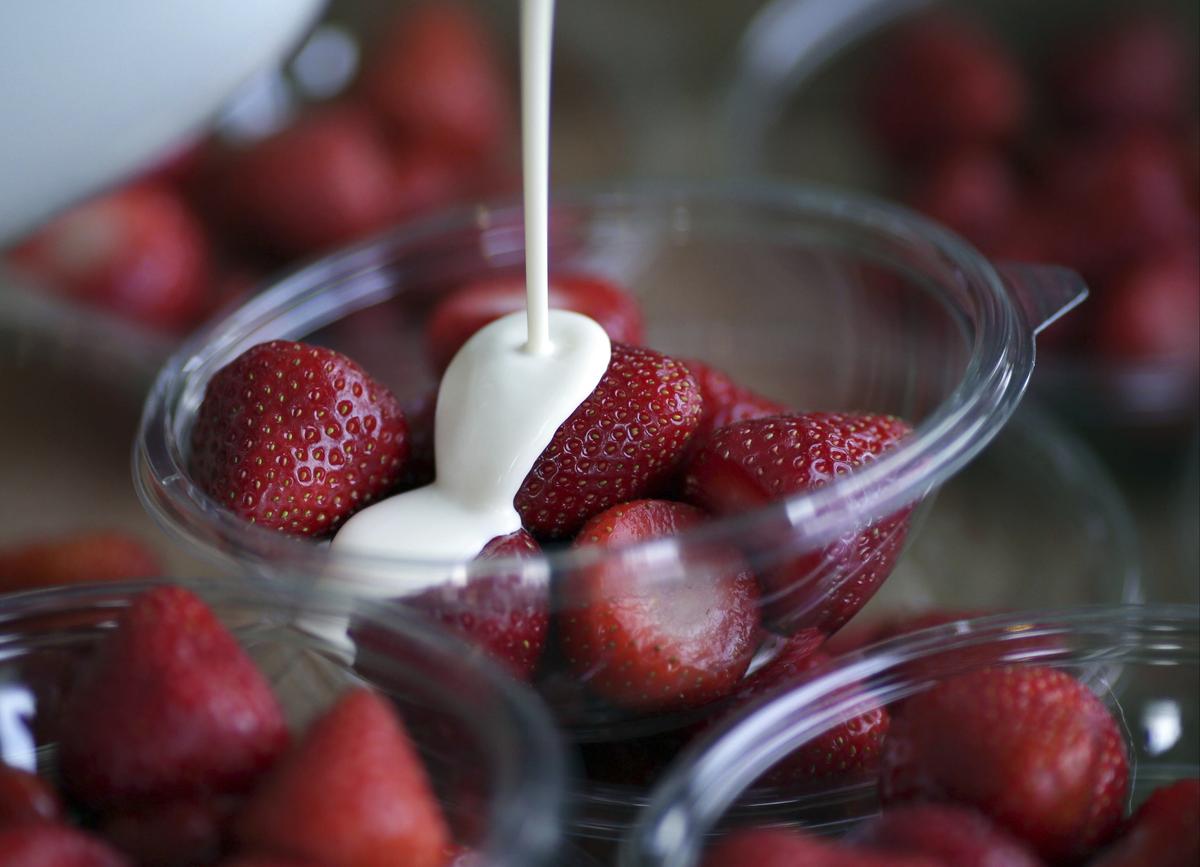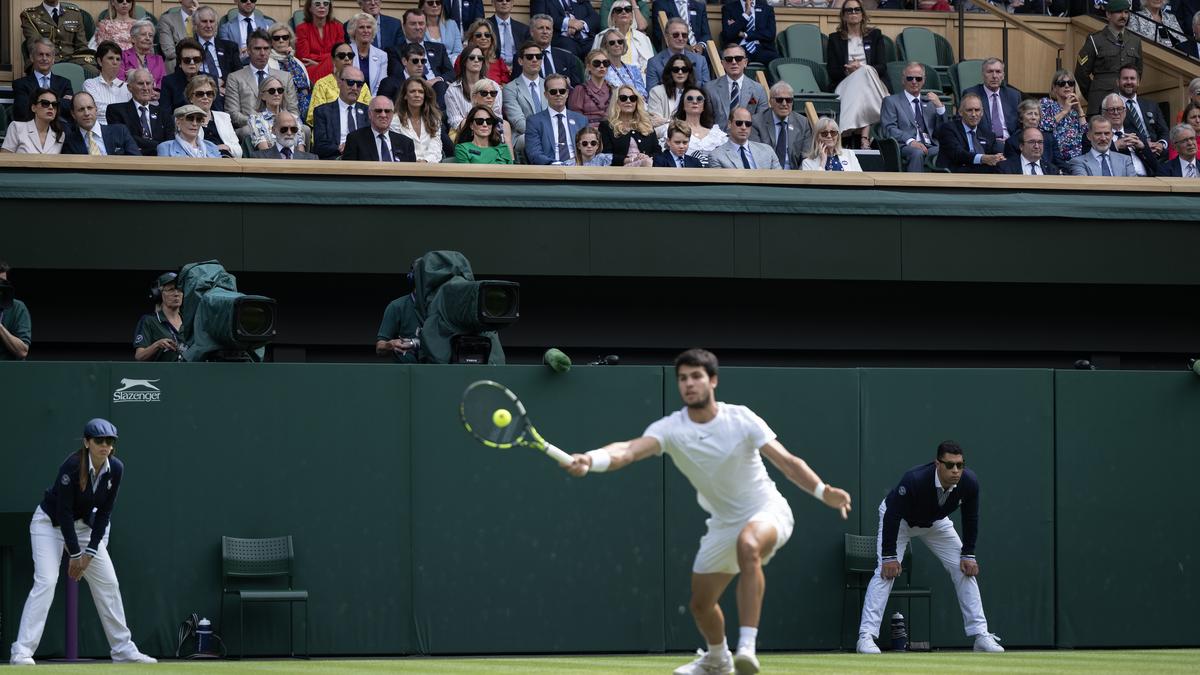The first Wimbledon Championship in 1877 was played on grass; the players wore all-white so as not to detract from the game, and strawberries and cream were served to the spectators. Almost a century-and-a-half later, Wimbledon is still played on grass by players dressed in all-white, strawberries and cream are still served, if not in china dishes, in plastic cups. The Crown remains a patron of the club. As the saying goes, the more things change outside the All England Lawn Tennis and Croquet Club, the more they stay the same inside its gates.
Beyond the appeal of great tennis, Wimbledon’s real attraction is its singular and steadfast adherence to tradition. Some years earlier, when my wife and I returned home after attending the tournament, we were flooded with questions like: did you have strawberries and cream; did you see David Beckham in the stands; who else was there in the Royal box. The value of the event was only gauged by visible celebrities, food, styles and dress codes. No one asked about Federer or Nadal, or about the tennis itself.

Footballer David Beckham in the Royal Box at Wimbledon 2017.
| Photo Credit:
AFP
However silly and patently ridiculous many of the game’s cultural quirks and customs, the truth is they help link the sport to its origin, and act as an important reminder of where and when it began. The only big tennis event on grass, Wimbledon remains much like the 1877 inaugural tournament when 200 spectators paid a shilling each to watch Spencer Gore win the final in 48 minutes and receive his prize money of 12 guineas.

The Open Championship of golf similarly continues to be played at its original windswept treeless location in St. Andrews on the Scottish coast, the way it was in 1860 when professional golfer Willie Park won the first Claret Jug, and also received a Moroccan leather belt. And Lord’s — what to speak of the home of cricket. Opened in 1814, and still owned by the Marylebone Cricket Club, it remains to this day a playfield with a pavilion rather than an impersonal oversized stadium. Tradition finds its own way of doing things.
Holding on to history
Yet, however endearing such allegiance to centuries-old history, for many ultra-modernists, Wimbledon, Lord’s, and the Open Championship are seen as regressive and alien in a world rapidly moving on. Every few years, football stadiums, for instance, are expanded and made afresh, and celebrity players are sold and exchanged between clubs in a high-stakes trade.
The sport’s technology is so advanced that, short of embedding microchips in footballers’ feet, the beautiful game is now a sensory exhibition of the highest order, on television and on the field. Like professional basketball and auto racing, football is a hotbed of high finance, sporting politics and big business.

Carlos Alcaraz (right) and Novak Djokovic during a practice session on Centre Court ahead of Wimbledon 2025.
| Photo Credit:
AP
Tennis, on the other hand, tries hard to stay as far away from technology as possible. For many years, tournament organisers refused a roof over Centre Court because it defied the natural conditions of a game meant to be an outdoor sport. When the management ultimately relented, it took three years to erect a retractable glass structure that functioned so slowly, the grass was soaking wet by the time the roof had moved across the full court. Rain delays and wet grass were a part of tradition, and the $100 million roof expense only helped to keep intact that piece of Wimbledon history. Everyone was happy.
Far away from London
Till now, people over machines has been the preference, but things are about to change. Line judges have been generally elderly and overweight. Since their only task was to determine whether a ball was in or out, other than a short focus on the white line, no physical effort needed to be expended. When English actor Peter Ustinov was once invited to be a line judge at Wimbledon, he politely refused, commenting wryly that he would be no good because he could still see the ball. This year, after one-and-a-half century, humans are being replaced by electronic line judges.
In social and cultural matters however, Wimbledon remains remote and insulated. It reflects nothing of the international multi-cultural character of London. Players are still predominantly affluent and white; ball boys and girls selected from local schools are also essentially white with a smattering of brown and black faces, the numbers in tune with prevailing race statistics. No form of advertising is displayed on court. Players entering centre court must still bow towards the Royal Box if any member of the royal family is present.
With security tight, the grounds are a virtual fortress. It is unlikely that the tournament would be disrupted by a streaker, even less likely that some labour union protest would mar the matches, or that an anti-Brexit supporter would parachute into centre court and hold royalty hostage.
Some things never change

Strawberries and cream for sale at Wimbledon. (File photo)
| Photo Credit:
AP
As the 2025 Championship begins next week, the club will be a frenzy of heightened activity. Truck-loads of strawberries will arrive from nearby Kent, and be set in cups; cartons of cream will be on order. Acres of hydrangeas will be readied to line the courts, yew hedges trimmed. Grass on the courts will be clipped to a precise 8 mm height, the court lining machine will spill out chalk on 50 mm wide lines, while electronic measures will calibrate net heights throughout the complex. 256 of the world’s best players — among them Alcaraz, the recent French Open winner, Sinner, Sabalenka, Gauff, and the ever-present Djokovic — will arrive for a prize money share of $68 million, and an expected world audience of 50 million viewers.
But who cares. The main question is whether King Charles and Queen Camilla will be present. Will this year’s crop of strawberries be ripe and juicy, and the cream fresh. Who else will be there in the Royal Box? Some things are not meant to change.
The writer is an architect.

